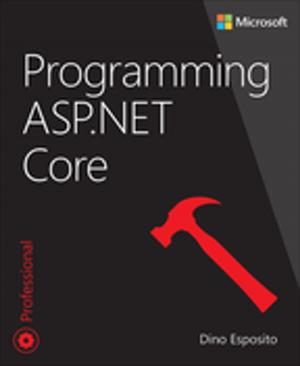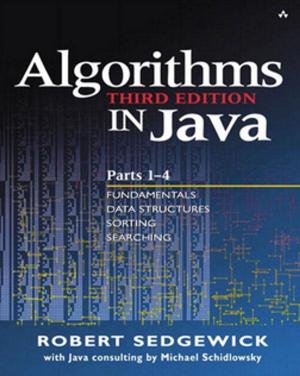Patterns in Network Architecture
A Return to Fundamentals
Nonfiction, Computers, Networking & Communications, Network Protocols| Author: | John Day | ISBN: | 9780132704564 |
| Publisher: | Pearson Education | Publication: | December 27, 2007 |
| Imprint: | Prentice Hall | Language: | English |
| Author: | John Day |
| ISBN: | 9780132704564 |
| Publisher: | Pearson Education |
| Publication: | December 27, 2007 |
| Imprint: | Prentice Hall |
| Language: | English |
In Patterns in Network Architecture, pioneer John Day takes a unique approach to solving the problem of network architecture. Piercing the fog of history, he bridges the gap between our experience from the original ARPANET and today’s Internet to a new perspective on networking. Along the way, he shows how socioeconomic forces derailed progress and led to the current crisis.
Beginning with the seven fundamental, and still unanswered, questions identified during the ARPANET’s development, Patterns in Network Architecture returns to bedrock and traces our experience both good and bad. Along the way, he uncovers overlooked patterns in protocols that simplify design and implementation and resolves the classic conflict between connection and connectionless while retaining the best of both. He finds deep new insights into the core challenges of naming and addressing, along with results from upper-layer architecture. All of this in Day’s deft hands comes together in a tour de force of elegance and simplicity with the annoying turn of events that the answer has been staring us in the face: Operating systems tell us even more about networking than we thought. The result is, in essence, the first “unified theory of networking,” and leads to a simpler, more powerful—and above all—more scalable network infrastructure. The book then lays the groundwork for how to exploit the result in the design, development, and management as we move beyond the limitations of the Internet.
In Patterns in Network Architecture, pioneer John Day takes a unique approach to solving the problem of network architecture. Piercing the fog of history, he bridges the gap between our experience from the original ARPANET and today’s Internet to a new perspective on networking. Along the way, he shows how socioeconomic forces derailed progress and led to the current crisis.
Beginning with the seven fundamental, and still unanswered, questions identified during the ARPANET’s development, Patterns in Network Architecture returns to bedrock and traces our experience both good and bad. Along the way, he uncovers overlooked patterns in protocols that simplify design and implementation and resolves the classic conflict between connection and connectionless while retaining the best of both. He finds deep new insights into the core challenges of naming and addressing, along with results from upper-layer architecture. All of this in Day’s deft hands comes together in a tour de force of elegance and simplicity with the annoying turn of events that the answer has been staring us in the face: Operating systems tell us even more about networking than we thought. The result is, in essence, the first “unified theory of networking,” and leads to a simpler, more powerful—and above all—more scalable network infrastructure. The book then lays the groundwork for how to exploit the result in the design, development, and management as we move beyond the limitations of the Internet.















